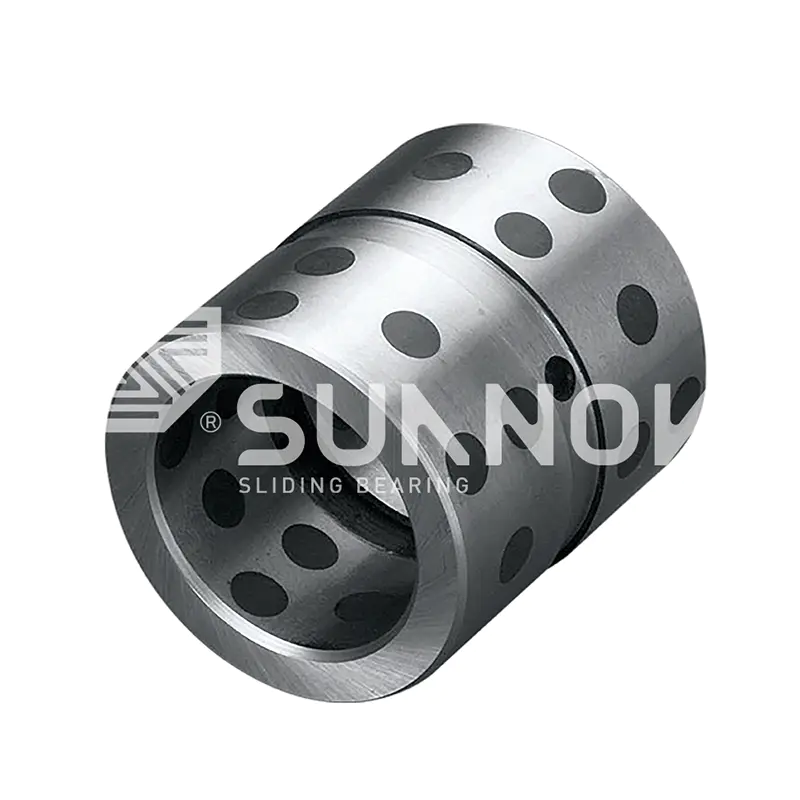-
 JDB Solid-lubricating Bearing JDB650 Self-Lubricating Brass Bushing Oilless Bearings
JDB Solid-lubricating Bearing JDB650 Self-Lubricating Brass Bushing Oilless Bearings -
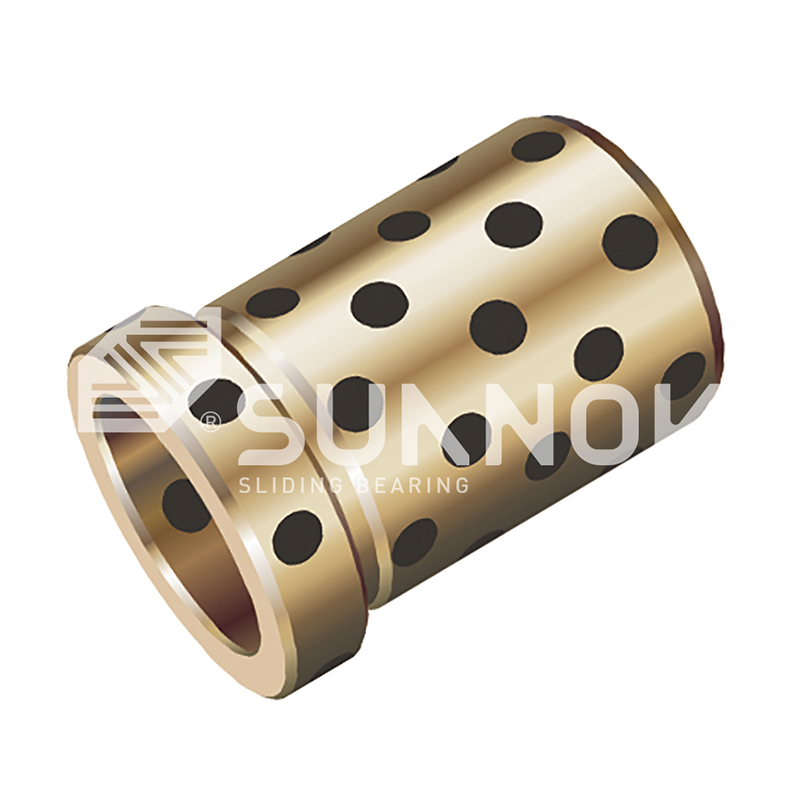 JDB Solid-lubricating Bearing JGBF Brass Oilless Ejector Flanged Guide Bearings Bushings
JDB Solid-lubricating Bearing JGBF Brass Oilless Ejector Flanged Guide Bearings Bushings -
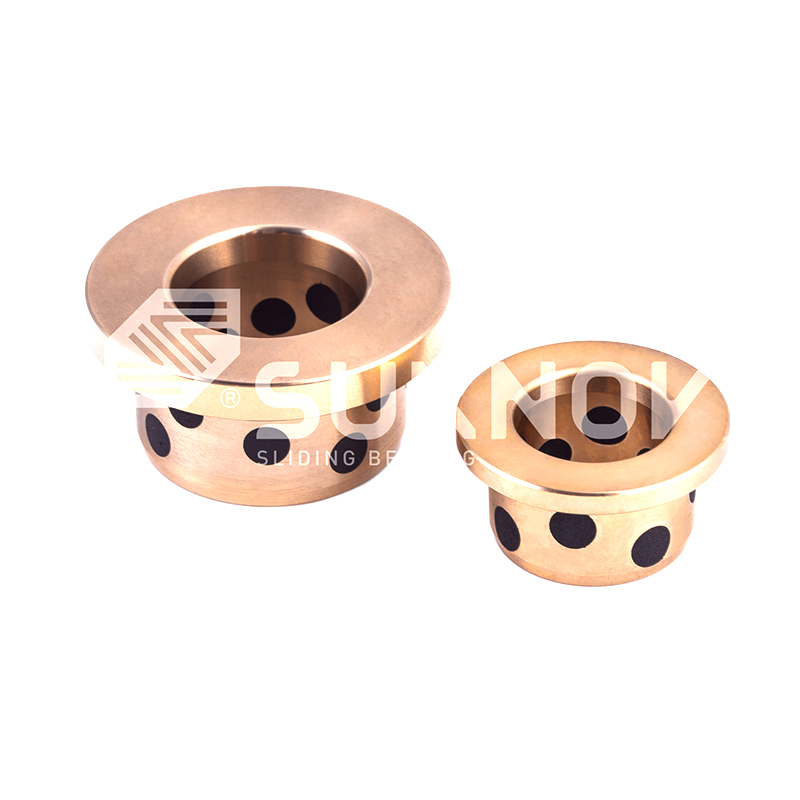 JDB Solid-lubricating Bearing GB71 NAAMS Flange Bushing Shoulder Type Standard Solid-lubricating Bearing
JDB Solid-lubricating Bearing GB71 NAAMS Flange Bushing Shoulder Type Standard Solid-lubricating Bearing -
 JDB Solid-lubricating Bearing GB61 Copper NAAMS Standard Flanged Solid-lubricating Bearing
JDB Solid-lubricating Bearing GB61 Copper NAAMS Standard Flanged Solid-lubricating Bearing -
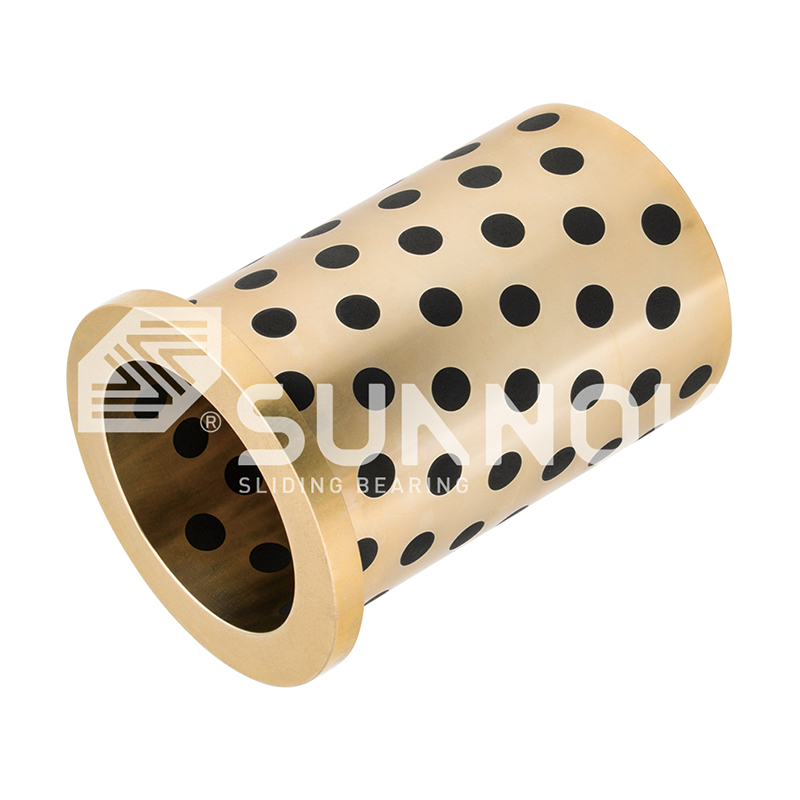 JDB Solid-lubricating Bearing JEFW Wear-Resistant Oilless Guide Flange Solid-Lubricating Bearing
JDB Solid-lubricating Bearing JEFW Wear-Resistant Oilless Guide Flange Solid-Lubricating Bearing -
 SF-2 Boundary Lubricating Bearing SF-2 Boundary Self-Lubricating Oilless Sliding Bushing Bearing, Lead-Free Boundary Bush
SF-2 Boundary Lubricating Bearing SF-2 Boundary Self-Lubricating Oilless Sliding Bushing Bearing, Lead-Free Boundary Bush -
 JF-800 Bi-metal Bearing JF-20 High-Performance Aluminum + Carbon Steel Alloy Bearing for Industrial Machinery
JF-800 Bi-metal Bearing JF-20 High-Performance Aluminum + Carbon Steel Alloy Bearing for Industrial Machinery -
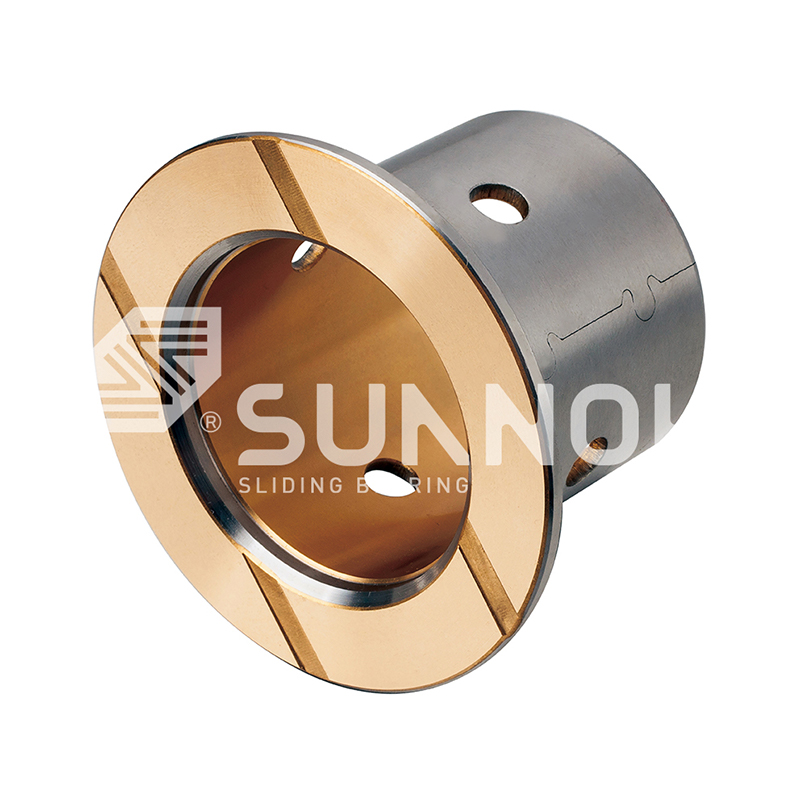
Maintenance Tips and Longevity Secrets for self‑lubricating bronze bushings
Industry News-In high‑performance equipment where access for routine lubrication is limited, the use of self‑lubricating bronze bushings has emerged as a critical strategy to reduce downtime and extend component life. In this article, we explore practical maintenance tips and longevity secrets for these advanced bearing solutions, with a focus on quality alloy selection, inspection routines, installation best practices, and how to maximise service life. Whether your application is in heavy‑duty mining, construction, or industrial machinery, understanding how to maintain and specify these bearings correctly will pay dividends in reliability and cost savings.
JDB-5 Steel Embedded Wear Resistant Solid-lubricating Bearing
Understanding Self‑Lubricating Bronze Bushings
What are self‑lubricating bronze bushings?
- These are bronze alloy bearings that incorporate solid lubricants (e.g., graphite plugs) or oil‑impregnated pores, enabling them to operate without—or with minimal—external lubrication.
- The built‑in lubrication film allows sliding contact between shaft and bearing surface with reduced maintenance.
Why they matter in demanding applications
When designing for heavy‑load or low‑maintenance environments, specifying self‑lubricating bronze bushings for heavy‑duty machinery ensures that lubrication intervals are minimised and reliability maximised.
Typical material and lubrication mechanisms
- Common alloys include tin bronze, aluminium bronze, leaded tin bronze.
- Lubrication is achieved either by oil impregnated into bronze pores (sintered bronze) or by solid lubricant plugs (graphite).
- Selecting the correct alloy and lubrication type is part of "how to choose self‑lubricating bronze bushings alloy grade".
Key Maintenance Tips for Maximum Longevity
Regular inspection routines
- Use an installation and inspection checklist such as visual wear check, shaft fit tolerance verification, debris accumulation, lubrication reservoir status (if applicable).
- Frequency: For critical applications inspect monthly; for moderate ones quarterly.
Cleaning and contamination prevention
- Remove abrasive particles and foreign matter – contamination is a primary cause of early wear.
- Ensure housing seals and shields are intact; avoid ingress of dust, grit or slurry.
Lubrication and wear‑monitoring
Even though the bearing is self‑lubricating, monitoring is required. With graphite‑plugged bronze bushings maintenance tips, you should check that the graphite film is intact, that there are no dry‑spots or scoring.
- Check shaft surface condition — scoring quickly depletes solid lubricant reservoirs.
- Monitor surface temperature during start‑up and steady‑state operation.
Load, speed, alignment considerations
- Ensure radial/axial loads do not exceed material limits; misalignment increases edge loading and wear.
- Keep sliding speeds within the design limits of the bushing; excessive speed may break down the lubrication film.
Longevity Secrets and Best Practices
Selecting the right alloy and design
Longevity begins at specification stage: choosing the correct material, lubrication type and geometry is essential. Refer back to the topic of how to choose self‑lubricating bronze bushings alloy grade.
Installation best practices
- Ensure proper press‑fit or shrink‑fit into housing; voids or looseness degrade performance.
- Check shaft finish and roundness; rough or out‑of‑tolerance shafts accelerate wear.
- For oil‑free bearings (solid lubricant type), avoid applying external grease that could block lubricant flow.
Operating conditions and environment adaptation
For applications requiring oil‑free bronze graphite self‑lubricating bushings longevity, such as food processing, marine, mining, or high‑temperature environments, selecting the correct variant is key.
- Consider corrosion, temperature extremes, vibration, and contamination when specifying bearing environment.
- Choose sealed housings or protective covers if the operating environment is harsh.
Case comparison: correct vs incorrect use
Here is a comparative table to illustrate the difference between correct and incorrect use of self‑lubricating bronze bushings:
| Parameter | Correct Use | Incorrect Use |
| Shaft finish | Polished to manufacturer spec | Rough or scored surface |
| Fit into housing | Tight press fit, aligned housing | Loose fit, misalignment |
| Contamination control | Sealed, debris excluded | Open to grit, water ingress |
| Lubricant type | Self‑lubricating type used properly | Incorrect external grease blocking plug action |
| Load/speed matching | Within rated limits | Over‑load or high speed beyond spec |
| Maintenance interval | Periodic monitoring and inspection | Neglect until failure |
Why Choose Zhejiang Shuangnuo Bearing Technology Co., Ltd.
Introduction of the company
Zhejiang Shuangnuo Bearing Technology Co., Ltd. is a manufacturer specialising in the production of various self‑lubricating copper alloy products using centrifugal casting, continuous casting, metal mold casting, and other processes. Its main products include brass, aluminium bronze, tin bronze, and other products produced according to national standard grades. On this basis, it processes and produces various solid inlaid self‑lubricating bearing products. At the same time, it uses sintering technology to produce bimetallic products and many other types of products. Since its establishment nearly 10 years ago, the company has focused on the research development and production of various new self‑lubricating bearings.
Manufacturing process highlights
- Independent casting production of raw materials to ensure quality from the source.
- Full process monitoring during casting; finished products are spectrometer‑tested three times (before, in and after furnace) to confirm material composition. Regular national testing agency checks material composition and mechanical properties.
- Integrated production from material to finished product processing – more than 80 sets of advanced CNC machine tools, CNC lathes, machining centres, major equipment ensure strong production capacity and shortened cycle.
Quality control and customization for self‑lubricating bronze bushings
The company adheres to the business philosophy of "moderation and harmony, integrity‑based", providing first‑class products and services. It offers professional product application solutions, personalised tailor‑made design and customization according to customers' product and application characteristics, selecting and creating self‑lubricating bearings suitable for customers' products. After years of experience accumulation and development, it has become a company with a unique business model in the self‑lubricating bearing industry and has achieved great success.

Conclusion
To summarise, proper specification, installation, inspection and environmental control are the keys to maximising the service life of self‑lubricating bronze bushings. By following the maintenance tips and longevity secrets outlined above, engineers can ensure smoother operation, reduced downtime, lower maintenance cost and enhanced reliability. If you are searching for a high‑quality manufacturer for self‑lubricating bronze bushings, consider the depth of experience and production capability of our company to support your application needs.
FAQ
- Q1: How often should I inspect self‑lubricating bronze bushings?
A: Inspection frequency depends on the application's duty cycle and environment; for heavy‑duty use monthly is advised, for moderate use quarterly. - Q2: Can I apply external grease to a self‑lubricating bronze bushing?
A: Generally no—external grease may block the solid lubricant film or contaminate oil‑impregnated pores; follow manufacturer guidance. - Q3: What alloy grade is best for high‑temperature self‑lubricating bronze bushings?
A: Choose alloys that are designed for high temperature (e.g., aluminium bronze base with solid lubricant) and confirm rating with supplier. - Q4: What are common failure causes of self‑lubricating bronze bushings?
A: Misalignment, contamination ingress, shaft finish out of spec, over‑load or speed beyond design limits, and improper installation. - Q5: How do I know if a self‑lubricating bronze bushing is right for my application?
A: Evaluate load, speed, environment (temperature, contamination), access for lubrication, maintenance strategy; if lubrication is difficult and loads are significant, a self‑lubricating bronze bushing often makes sense.
